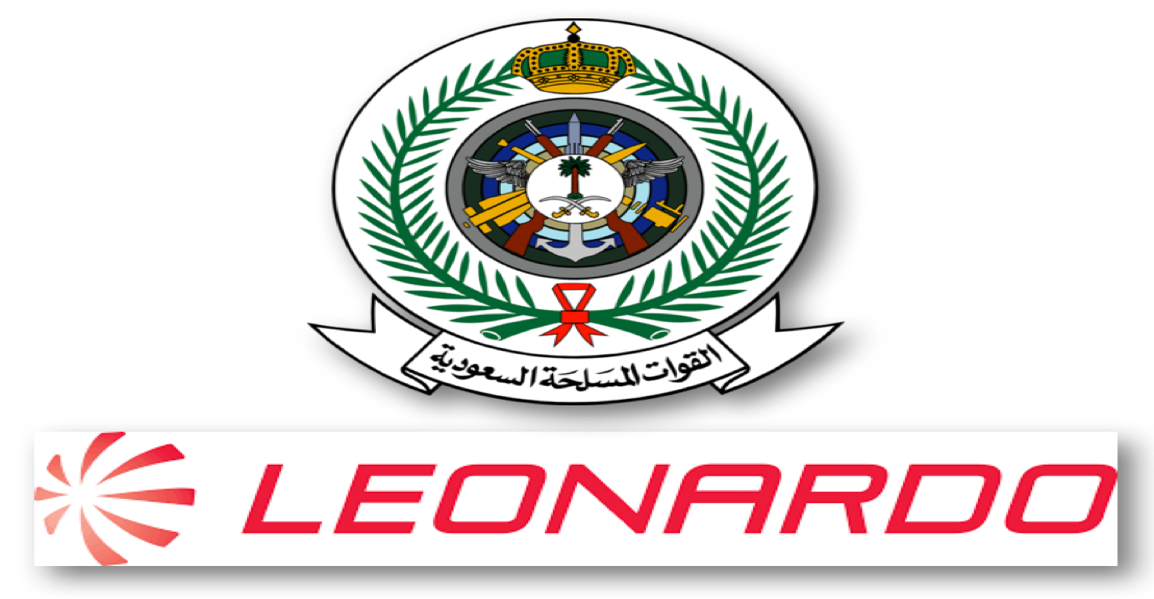Raytheon Awarded $16 M for Aegis Radar
The U.S. Navy has awarded Raytheon Company two contracts that extend the company’s legacy of performance and support for the Aegis weapons system.
Under the contracts, Raytheon Integrated Defense Systems (IDS) will provide an AN/SPY-1 radar transmitter ordnance alteration kit to enhance the radar’s processing performance and multi-mission capability. The company will also continue its performance-based logistics support, including spares and repairs for Aegis weapons systems used by the U.S. Navy and Coast Guard. Raytheon will also manage system repairs in support of foreign military sales.
“Raytheon has a long history with the Aegis radar program – providing highly capable naval radar components and world-class support for Aegis-equipped ships worldwide,” said Raytheon IDS’ Robert Martin, vice president and deputy of Seapower Capability Systems.
Raytheon’s AN/SPY-1 radar transmitters and MK99 Fire Control System, both key components of the Aegis system, have been in continual production for 30 years as part of the U.S. Navy’s Aegis shipbuilding program. The AN/SPY-1 and the MK99 are currently aboard the U.S. Navy’s fleet of cruisers and destroyers, as well as Japanese Kongo-class destroyers and Spanish F-100-class frigates.
Raytheon IDS’ whole-life services and support are central to maintaining and upgrading Aegis equipment onboard ships of the U.S. Navy’s fleet, which include Ticonderoga-class cruisers and Arleigh Burke-class destroyers.
Source : Raytheon Corporation
The AN/SPY-1 radar
The AN/SPY-1 is the electronically scanned fixed-array radar for the US Navy’s Aegis fleet air defence system. It operates in the s-Band, and the output is in several megawatts. The transmitter serves several parallel channels simultaneously.
The array is a passive electronically scanned system and is a key component of the Aegis combat system.Each array has 4,100 discrete elements, and measures 3.65·3.65 m.
The four fixed and phase-scanned arrays of AN/SPY-1 send out beams of electromagnetic energy in all directions simultaneously, continuously providing a search and tracking capability for hundreds of target at the same time.
These elements are controlled by AN/UYK-7 digital computers to produce and steer multiple radar beams for target search, detection and tracking. The SPY-1 also tracks the ship’s own missiles fired against hostile targets. In addition to search and track, it provides midcourse guidance to the Standard missile (SM-2).
Air and Missile Defense Radar
In July 2009, Lockheed Martin was one of three compaines awarded contracts to study the development of a new Air and Missile Defense Radar (AMDR) to be composed of an S-Band radar, an X-Band radar and a Radar Suite Controller to defend against evolving anti-ship and ballistic missile threats.
History
The system was first installed in 1973 on the USS Norton Sound (AVM-1) and entered active service in 1983 as the SPY-1A on USS Ticonderoga. The –1A was installed on ships up to CG-58, with the –1B upgrade first installed on Princeton in 1986. The upgraded –1B(V) was retrofitted to existing ships from CG-59 up to the last, CG-73.
The SPY-1D was first installed on Arleigh Burke in 1991. It is a variant of the –1B to fit the Arleigh Burke class. The –1D(V), the Littoral Warfare Radar, was an upgrade introduced in 1998 for high clutter near-coast operations, an area in which the earlier “blue water” systems were especially weak.
The SPY-1F is a smaller version of the 1D designed to fit frigates. It is not used by the US Navy but has been exported to Norway. The origin of the SPY-1F can be traced back to the Frigate Array Radar System (FARS) proposed to the German Navy in the 1980s.
The SPY-1K is the smallest version of the radar currently offered, based on the same architecture as the 1D and 1F. It is intended for use on very small vessels such as corvettes, where even the SPY-1F would be too large. As of 2007, none are in service, although the radar is incorporated into the design of the yet-unbuilt AFCON Corvette. [4][5]
Characteristics
- peak power: 4 to 6 megawatts
- average power: 58 kilowatts
- beamwidth: 1.7 degrees
- Frequency S band [1]
- Range 100+ nm
- Azimuth 0-360°
- Introduced 1973
Variants
- AN/SPY-1 – Prototypes, USS Norton Sound (AVM-1).
- AN/SPY-1A – Ticonderoga class cruisers up to CG-58.
- AN/SPY-1B – Ticonderoga class cruisers starting at CG-59.
- AN/SPY-1B(V) – Upgrade to -1B version, retrofitted to CG-59 and up.
- AN/SPY-1D – Variant of -1B designed for Arleigh Burke class destroyers, JDS Kongo class destroyers and Spanish Armada Álvaro de Bazán class frigates.
- AN/SPY-1D(V) – Littoral Warfare Radar upgrade to the -1D variant for DDG 51 Flight IIA, JDS Atago class destroyers, ROKN King Sejong the Great class destroyer and Spanish Armada F-105 frigate.
- AN/SPY-1F – Smaller version of the -1D designed to fit frigates. Installed on the RNoN Fridtjof Nansen class frigates.
- AN/SPY-1K – Smallest version of the radar offered, intended to fit corvette-sized vessels. None currently in service.


